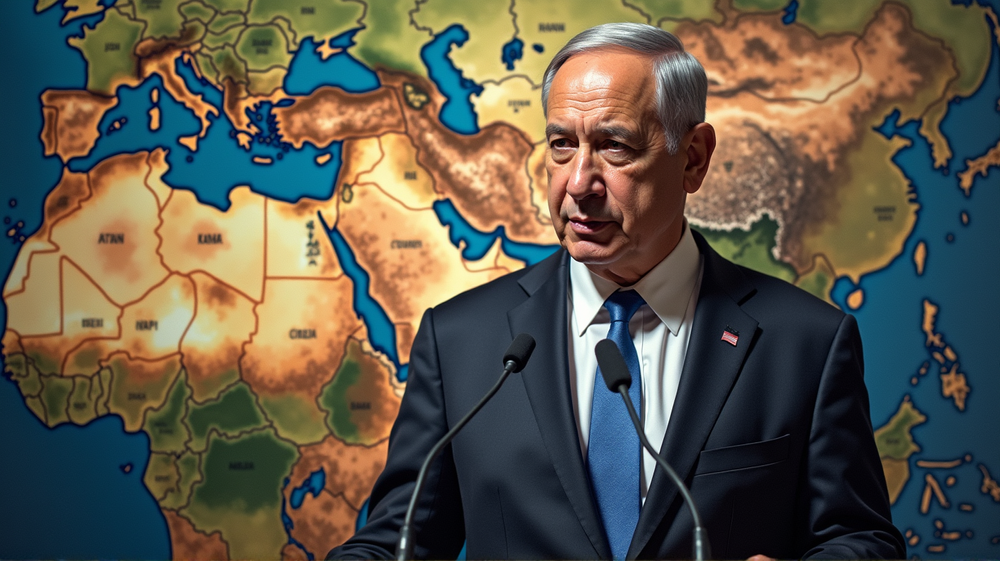Confronting the Four Fronts
In a bold statement this week, Israeli Prime Minister Benjamin Netanyahu declared his nation’s deliberate strategy against what he termed the “Iranian axis,” an essential response to shifting dynamics in the Middle Eastern theater. This multifaceted approach seeks to mitigate burgeoning threats from Iran and its proxies across Gaza, Lebanon, Yemen, and Iran itself.
Gaza: A Paramount Battle
One of the critical arenas of this strategic offensive lies in Gaza, where Netanyahu emphasizes a comprehensive four-part mission: recovering kidnapped citizens, dismantling Hamas’ strongholds, countering direct threats to Israeli forces, and working towards the long-term disarmament of Hamas. This approach aims not only at immediate safety but also at establishing lasting peace and stability.
Lebanon: Stemming the Re-armament of Hezbollah
In Lebanon, the ongoing strikes against Hezbollah underline the persistent threat from Israel’s northern neighbor. Netanyahu calls for Lebanese government responsibility in disarming Hezbollah, aligning with international ceasefire agreements, while asserting Israel’s staunch right to self-defense if these conditions are unmet. This approach illustrates a delicate balance between diplomatic pressure and military readiness.
The Yemeni Threat: A Subtle Yet Dangerous Adversary
Netanyahu positions the Houthis as a noteworthy peril emanating from Yemen. Often perceived as a secondary menace, the Houthis have escalated tensions by occasionally launching ballistic missiles, thereby demanding Israel’s vigilant interception and response. This underscores the complexity and scope of the challenges Israel faces on its southern frontier.
Iran: The Heart of the ‘Axis’
Highlighting Iran’s pivotal role, Netanyahu underscores its coordination in a broader scheme aimed at Israel’s destabilization. Asserting a stance of preemptive security, Israel remains prepared to employ all necessary measures to dismantle this existential threat. The Prime Minister’s rhetoric resonates with a message of unyielding resistance against adversaries seeking Israel’s demise.
The Changing Landscape of the Middle East
On October 7, 2025, Netanyahu fervently promised to deliver unprecedented countermeasures against any forces endangering Israel. Declaring a watershed moment in the region’s geopolitical landscape, he posited the fracture of the ‘Iranian axis,’ marking a substantial shift in the balance of power throughout the Middle East.
As stated in شفق نيوز, this strategic outlook is pivotal not only for Israel but also for the broader security and political climate in the Middle East, potentially redefining alliances and rivalries in this volatile region.












